The History of Fertility Treatments: A Journey Through Time

Fertility care may seem like a modern frontier, driven by technology and innovation, but the truth is, humans have been grappling with the mystery of conception for millennia. From ancient rituals and herbal remedies to laboratory-created embryos and genetic testing, the evolution of fertility...
Fertility care may seem like a modern frontier, driven by technology and innovation, but the truth is, humans have been grappling with the mystery of conception for millennia. From ancient rituals and herbal remedies to laboratory-created embryos and genetic testing, the evolution of fertility treatment is a story of science, culture, hope, and relentless pursuit. At Reproductive Centers of America (RCA), we honor the long arc of this journey because today’s breakthroughs are built on centuries of curiosity and courage.
Ancient Roots: Rituals, Remedies, and Reverence
Long before microscopes or hormones, fertility was revered—and feared—as a force beyond human control. Many ancient societies had deities dedicated to conception and childbirth:
- Ancient Egypt (2000 BCE): Women used honey, dates, and acacia in vaginal suppositories believed to promote conception. Papyrus texts also document fertility diagnostics, including the “onion test” for cervical responsiveness.
- Traditional Chinese Medicine (2000+ years ago): Acupuncture and herbal tonics were used to balance the body's energy and reproductive cycles—many of which are still practiced today.
- Ancient Greece & Rome: Physicians like Hippocrates and Soranus wrote about menstruation, infertility, and herbal treatments, often placing blame on the woman’s body.
While these early efforts were often based in mythology or trial and error, they reflected a deep yearning to understand—and assist—the process of life.
19th & Early 20th Century: The Rise of Reproductive Science
The Enlightenment and early modern medicine brought major leaps in anatomy and physiology:
- 1827: The human egg was identified for the first time.
- 1866: Gregor Mendel's work on genetics laid the groundwork for understanding inheritance.
- 1920s–30s: Hormones like estrogen and progesterone were isolated and synthesized.
- 1934: The condition now known as Polycystic Ovary Syndrome (PCOS) was first described by Stein and Leventhal.
In this era, male infertility also began to be studied seriously—an important shift from centuries of female-only blame.
Mid to Late 20th Century: Modern Fertility Begins
This was the golden age of discovery—and controversy.
1944
The first human eggs were fertilized outside the body in a lab at Johns Hopkins. While pregnancy wasn’t achieved, the door to IVF was cracked open.
1950s–60s
The development of clomiphene citrate (Clomid) allowed doctors to induce ovulation—a simple pill that’s still widely used today.
1978
A revolution: Louise Brown, the first baby conceived via in vitro fertilization (IVF), was born in England. This landmark moment changed fertility care forever.
1980s–90s
- ICSI (Intracytoplasmic Sperm Injection) was developed, allowing even men with extremely low sperm counts to father biological children.
- Egg donation, gestational surrogacy, and embryo freezing became possible.
- Fertility preservation emerged as an option for cancer patients.
21st Century: Personalization, Technology & Ethics
Today’s fertility landscape is defined by precision, inclusivity, and ethical complexity.
- Preimplantation Genetic Testing (PGT) allows screening of embryos before transfer.
- Fertility preservation is now common for medical or social reasons.
- Same-sex couples, single parents, and trans individuals are increasingly represented in fertility clinics.
- AI and embryo-scoring algorithms are beginning to shape treatment decisions.
- Third-party reproduction (egg/sperm donors and surrogates) is now an integrated part of many clinics, including RCA.
And yet—emotional care, equity, and access remain essential challenges.
The Future of Fertility
As technology advances, we must continue to center the humanity of this journey. Fertility is not just a science—it’s a story. And for every couple, individual, or family we serve, that story deserves expertise, compassion, and respect.
At RCA, we’re proud to stand at the intersection of cutting-edge science and deeply personal care—carrying forward a tradition thousands of years in the making.
From ancient rituals to cryopreserved embryos, the journey of fertility care is still unfolding.
Let us help you write your next chapter.
Ancient Roots: Rituals, Remedies, and Reverence
Long before microscopes or hormones, fertility was revered—and feared—as a force beyond human control. Many ancient societies had deities dedicated to conception and childbirth:
- Ancient Egypt (2000 BCE): Women used honey, dates, and acacia in vaginal suppositories believed to promote conception. Papyrus texts also document fertility diagnostics, including the “onion test” for cervical responsiveness.
- Traditional Chinese Medicine (2000+ years ago): Acupuncture and herbal tonics were used to balance the body's energy and reproductive cycles—many of which are still practiced today.
- Ancient Greece & Rome: Physicians like Hippocrates and Soranus wrote about menstruation, infertility, and herbal treatments, often placing blame on the woman’s body.
While these early efforts were often based in mythology or trial and error, they reflected a deep yearning to understand—and assist—the process of life.
19th & Early 20th Century: The Rise of Reproductive Science
The Enlightenment and early modern medicine brought major leaps in anatomy and physiology:
- 1827: The human egg was identified for the first time.
- 1866: Gregor Mendel's work on genetics laid the groundwork for understanding inheritance.
- 1920s–30s: Hormones like estrogen and progesterone were isolated and synthesized.
- 1934: The condition now known as Polycystic Ovary Syndrome (PCOS) was first described by Stein and Leventhal.
In this era, male infertility also began to be studied seriously—an important shift from centuries of female-only blame.
Mid to Late 20th Century: Modern Fertility Begins
This was the golden age of discovery—and controversy.
1944
The first human eggs were fertilized outside the body in a lab at Johns Hopkins. While pregnancy wasn’t achieved, the door to IVF was cracked open.
1950s–60s
The development of clomiphene citrate (Clomid) allowed doctors to induce ovulation—a simple pill that’s still widely used today.
1978
A revolution: Louise Brown, the first baby conceived via in vitro fertilization (IVF), was born in England. This landmark moment changed fertility care forever.
1980s–90s
- ICSI (Intracytoplasmic Sperm Injection) was developed, allowing even men with extremely low sperm counts to father biological children.
- Egg donation, gestational surrogacy, and embryo freezing became possible.
- Fertility preservation emerged as an option for cancer patients.
21st Century: Personalization, Technology & Ethics
Today’s fertility landscape is defined by precision, inclusivity, and ethical complexity.
- Preimplantation Genetic Testing (PGT) allows screening of embryos before transfer.
- Fertility preservation is now common for medical or social reasons.
- Same-sex couples, single parents, and trans individuals are increasingly represented in fertility clinics.
- AI and embryo-scoring algorithms are beginning to shape treatment decisions.
- Third-party reproduction (egg/sperm donors and surrogates) is now an integrated part of many clinics, including RCA.
And yet—emotional care, equity, and access remain essential challenges.
The Future of Fertility
As technology advances, we must continue to center the humanity of this journey. Fertility is not just a science—it’s a story. And for every couple, individual, or family we serve, that story deserves expertise, compassion, and respect.
At RCA, we’re proud to stand at the intersection of cutting-edge science and deeply personal care—carrying forward a tradition thousands of years in the making.
From ancient rituals to cryopreserved embryos, the journey of fertility care is still unfolding.
Let us help you write your next chapter.









